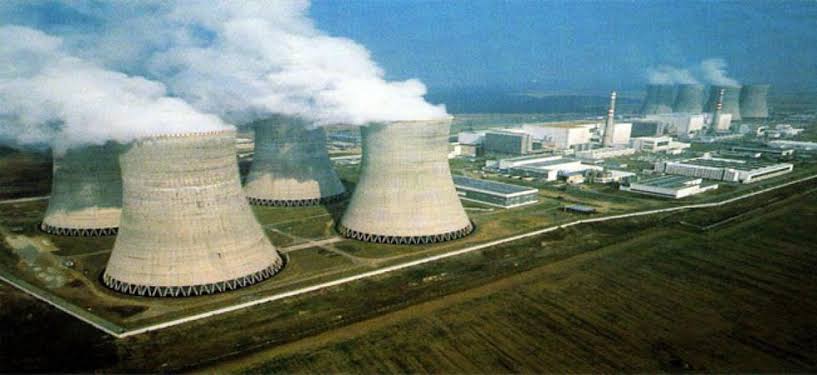India entering second stage of three stage thorium based nuclear reactor

Homi Bhabha had envisioned a three-stage nuclear power programme to exploit the country’s huge thorium 232 supplies, way back in 1950’s itself. The Pressurized Heavy Water Reactor was to be the first stage. This PHWR reactor using natural uranium as fuel produces plutonium as “waste”.
The second stage reactor called Breeder reactor then uses plutonium as its fuel and produces more fissile material than it consumes. This waste can then be mixed with thorium and used by Fast Breeder Reactors in the third stage.
The third stage produces enriched Uranium 233 which can then be used to fuel the first stage reactors or mixed with thorium can directly fuel third stage reactors. Thus starting a long virtually perpetual cycle for India, as India has world’s 25% of natural Thorium reserves.
India has gone slowly but surely and steadily. The first stage technology has matured and now India is in a position to Commission one Pressurized Heavy Water nuclear Power reactor every year. India has also entered the second stage. The first Breeder Reactor should be getting commissioned by December 2024. In next few years even this technology should mature and then India will be entering the third stage.
On December 17, 2023, India’s largest indigenously developed 700-MWe pressurised heavy water reactor (PHWR) – the fourth unit in Kakrapar, Gujarat – attained criticality. Six months earlier, another 700-MWe unit in the same facility had started producing commercial electricity. In 2024, another unit with the same capacity is expected to be commissioned in Rawatbhata, Rajasthan. Behind all these reactors is the Nuclear Power Corporation of India Limited (NPCIL). Its chairman and managing director B.C. Pathak told The Hindu NPCIL plans to “commission a nuclear power reactor every year” hence.
Globally, on an average, the energy composition consists of about 20% electricity and 80% energy from coal, petrol, diesel, gas, lignite, and other components. Efforts are being made to decarbonise the electricity sector by putting up solar power plants, wind energy, renewables, and nuclear power plants. The 80% energy sector consists of fuel that is being directly used as molecules or as a reducing agent. There is a need to decarbonise that sector also.
Efforts are being made globally to replace this fuel by a fuel that does not emit carbon dioxide. That is why the emphasis is being made on the production of green hydrogen. Green hydrogen, to some extent, will help [in decarbonisation].
In future, nuclear power may play a major role in producing hydrogen because nuclear is clean energy. Hydrogen, produced from clean energy sources, is generally termed green hydrogen. That is why nuclear has a dual role – in terms of electricity generation and as a promising potential clean energy source.
In the COP28 climate talks held in Dubai, many countries agreed to triple their nuclear power generation by 2050 to achieve net-zero emissions. India already has a plan to increase its present installed nuclear power capacity of 7,480 MW to 22,480 MW by 2031-2032 in a progressive manner.
Since this is the first reactor [to be scaled up] from the 540-MWe reactors at Tarapur, commissioning challenges are bound to occur and we have addressed those issues. This design has many advanced safety features comparable to the best in the world. Commissioning is a sort of validation of design parameters and is completed in phases after obtaining stage-wise clearances from the regulatory authority, i.e. the Atomic Energy Regulatory Board.
These reactors are among the best reactors of this 700-MWe category. Many safety features have been included in them. Basically, the reactor should be made capable of controlling the reactivity. It should be capable of cooling the [fuel] core. It should be capable of containing [the releases] if any.
Many additional safety features like the lining inside the containment, passive decay heat removal system, containment filtered venting system, passive autocatalytic recombiners, etc have also been included.
One of the significant changes made in the 700-MWe PHWRs is feeder interleaving. It has been made probably for the first time in the world. It ensures that there is always water in the reactor even in the case of an off-normal condition. This unique feature is available in our reactors.
The 700-MWe PHWRs are among the safest reactors in the world.Until now, India was building two or four reactors at a time. But now, nine reactors are under construction at present. Ten reactors are in various pre-project activities. So 19 reactors are under various stages of implementation.



